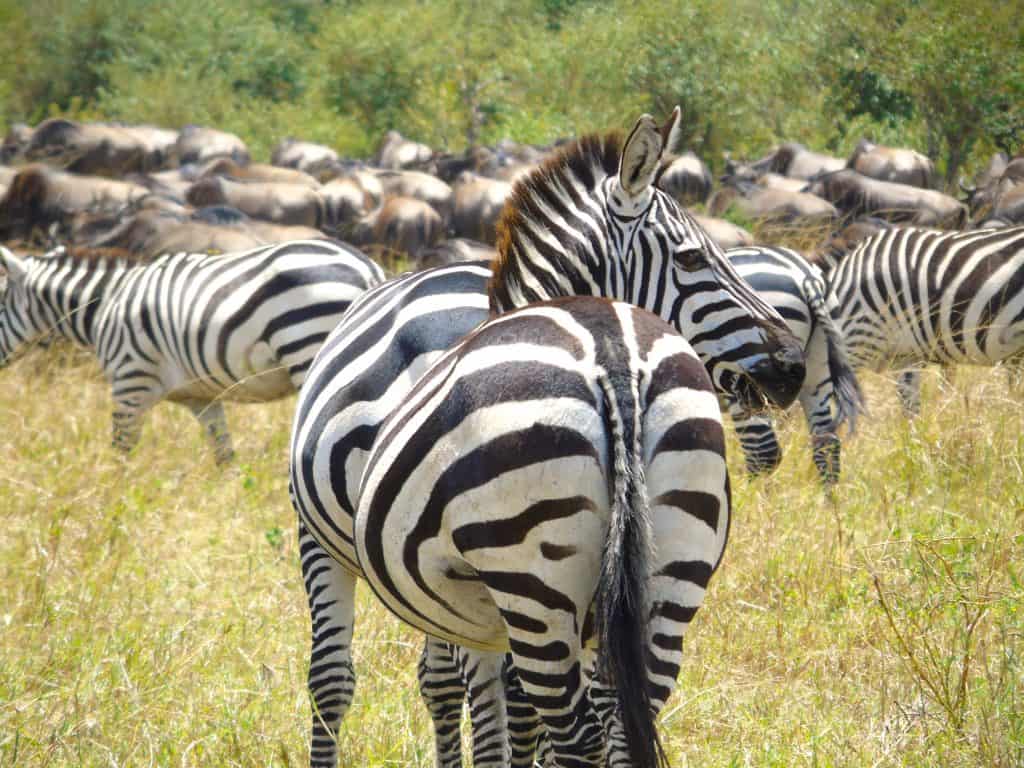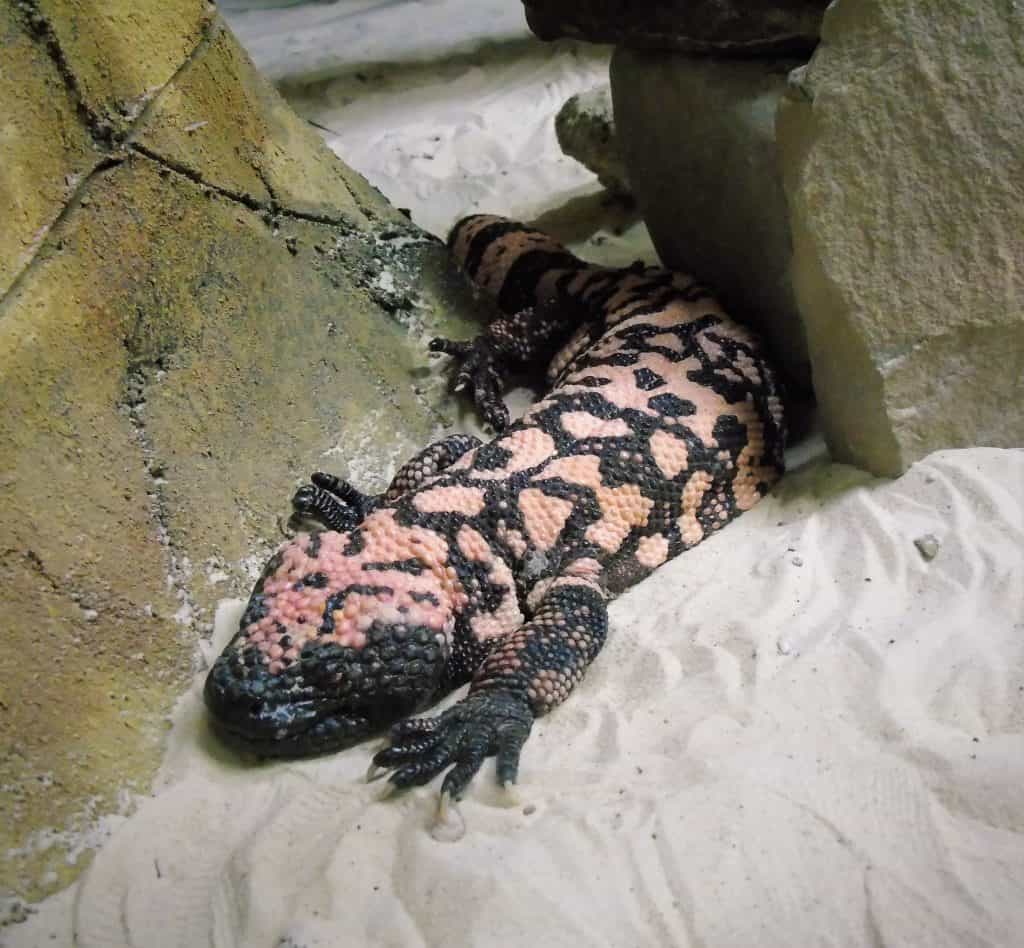So last time we talked about nocturnal animals which are awake at night. Now it’s time to look at diurnal species which means most active during the day. This includes us. Even if you have a night job we are still adapted for being up in daylight.
Diurnal animals include most primates, deer, antelope, falcons and dogs. One of the main adaptations for diurnal creatures involves the eyes. As we discovered, nocturnal eyes have more rods for picking up light, diurnal eyes tend to have more cones which work better in the daylight. These enable them to see in colour, a very useful tool for various reasons. For prey it may enable them to see a predator coming or find ripe food ready to eat. Being active in daylight also enables eyes to see further. Eagles for example can see a rabbit clearly from about 2 miles away.
However, some prey uses vision against the predator. Zebras run as a herd when they’re being chased. As they do the clashing of their stripe patterns makes it very difficult for one animal to be signalled out from another. Starlings perform a murmuration which is where they fly in perfect unison. Some believe this is to make it hard for each to be picked out by a predator. They are the only birds that do this.

Another benefit of being active in the light means animals can use vision to attract their mates. Many birds such as birds of paradise have beautiful plumage in order to impress. Colours would be wasted at nighttime.
Diurnal desert adaptations
Deserts are some of the harshest environments around. Most animals there are nocturnal to avoid this heat but not all. There are a few ways these animals can survive during the day. Most animals avoid the worst part of the day either burrowing down into the sand or using an obliging cactus for shade.
Some dissipate heat via large extremities such as ears, Fennec Foxes for example. Blood reaches the ears where it is close to the surface and is able to cool down. The cooled down blood then goes back into the body cooling the whole animal down.
Water is also difficult to find. Most of these animals get it from their food. Some insects have been known to congregate where the morning dew may be found so it lands on them. They then have grooves that lead the droplets to their mouth so they can drink. They only have a very brief moment to do this before it is dried up.
A camels humps are fat stores which can keep them going without food for months. Gila monsters keep the fat store in their tails and so can stay underground to conserve their energy.

Antarctica
For some animals they have no choice but to be diurnal/ nocturnal. In Antarctica for example they have 6 months total darkness and 6 months total daylight this is because the Earth is tilted and during summer the Earth is tilted so Antarctica is always facing the sun and in winter it’s tuned so it’s always facing away. Penguins here must rely on blubber under the skin and feathers.
They also huddle together for warmth. The centre of this huddle is said to reach around 37’C which is too warm for them to stay. The outer area is obviously very cold so they move gradually in rotation meaning the whole flock stays warm. Recent research has actually shown that these huddles are so effective that they don’t always last very long as the birds start to overheat.
It is safe to say that while daytime may seem easier to survive in that nighttime, animals must still be well adapted to it. Next time you’re here at the park have a look around and see if you can work out who is nocturnal and who is diurnal.


